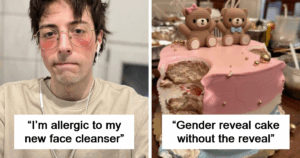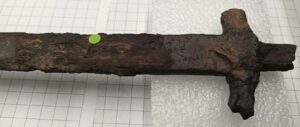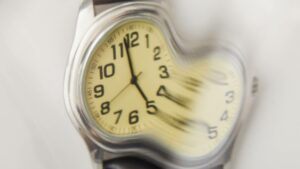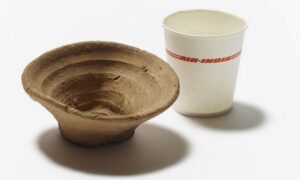“Shocking Diagnosis Forces Wealthy Father of Three to Confront Hidden Family Secrets”
Will Chris Remain The Same Person?

The implications of Chris’s case reached scientists far beyond Nevada. One nagging question was: would Chris remain the same person with someone else’s DNA? Dr. Andrew Rezvani, the blood and marrow transplant professional at Stanford University, says yes.
“Their brain and their personality should remain the same,” he told the Independent.
For The Doctors, This Isn’t An Issue

Although medical doctors understand the DNA change, they don’t see it as an issue. As long as the transplant is successful, the change does not create any medical problems. The patient’s medical history and mind do not change. So what’s the issue?
For Renee and her colleagues, the DNA change does matter. As forensic scientists, they viewed Chris’s case from the perspective of combating crime, and they knew that the DNA change could mean life or death for some.
…But It Could Throw Off Criminal Investigations

For forensic scientists, Chris’s DNA change uncovered a new host of problems. When criminal investigators hunt down criminals, they rely on DNA swabs to lead to one person. What will happen if the DNA links to two people, one in Nevada and one ten years younger in Germany?
According to Brittney Chilton, a criminalist of the forensic science division, says that this DNA change could mislead investigators. It could result in someone being falsely accused of a crime they didn’t do.
This Mix-Up Has Happened Before

In 2004, criminal investigators in Alaska thought they had caught a criminal when they uploaded a DNA sample to a database. There was just one problem: the man was in jail at the time of the crime. But DNA samples are flawless, right?
It turned out that the criminal’s brother had received a bone marrow transplant. He was convicted, and a year later, crime detection scientist Abirami Chidambaram presented the case in 2005. It’s the exact dilemma that Chilton was talking about.
But That’s Not The Only Problem

According to Chilton, chimeras create another issue for the medical community. In 2008, research scholar Yongbin Eom tried to identify a victim of a car accident in Seoul, South Korea. His DNA showed that he was female–but his body was male.
It turned out that the victim received a bone marrow donation from his daughter. Chimeras have two sets of DNA: their original DNA and their donor’s DNA. This may prevent medical investigators from properly identifying a body.
How Have Scientists Not Caught This Before?

Every year, thousands of people receive bone marrow transplants. The surgery is commonly recommended for patients with leukemia, sickle cell anemia, and lymphoma. Then how did this dilemma not surface before? Here’s the thing: it has.
Bone marrow transfusions have interrupted criminal investigations before. Renee’s study was the first in-depth research to explore DNA changes from a scientific perspective. The team presented Chris’s case at the international forensic science conference in September of 2019.
Chimeras May Be Common (And In Trouble)

Studies suggest that chimerism may occur in 21% of triplets and 8% of twins. But these results don’t explain how common the condition may be. If these chimera news stories hadn’t come out, many people wouldn’t know that chimerism even exists.
Most people don’t take a paternity test to make sure that they’re related to their biological family. As a result, many people could be chimeras and never know it. It only becomes an issue when a person’s life is on the line.
Parents Could Lose Their Children

In some instances, chimerism may separate families. In 2002, Lydia Fairchild applied for child support. But the DNA tests said that she wasn’t related to her children. During the case, she became pregnant with her third child–and the child still exhibited different DNA while in the womb!
Even though a judge arranged for a witness to be present for her third child’s birth, the courts held her DNA tests above her doctor’s testimony. Luckily, she was diagnosed as a chimera; otherwise, she would have lost her children.
What About Their Offspring?

Long’s case raised another question. If a patient’s DNA changed, and they had a child, would they create someone else’s child? Renee surveyed three bone marrow transplant specialists for the answer to this question.


















